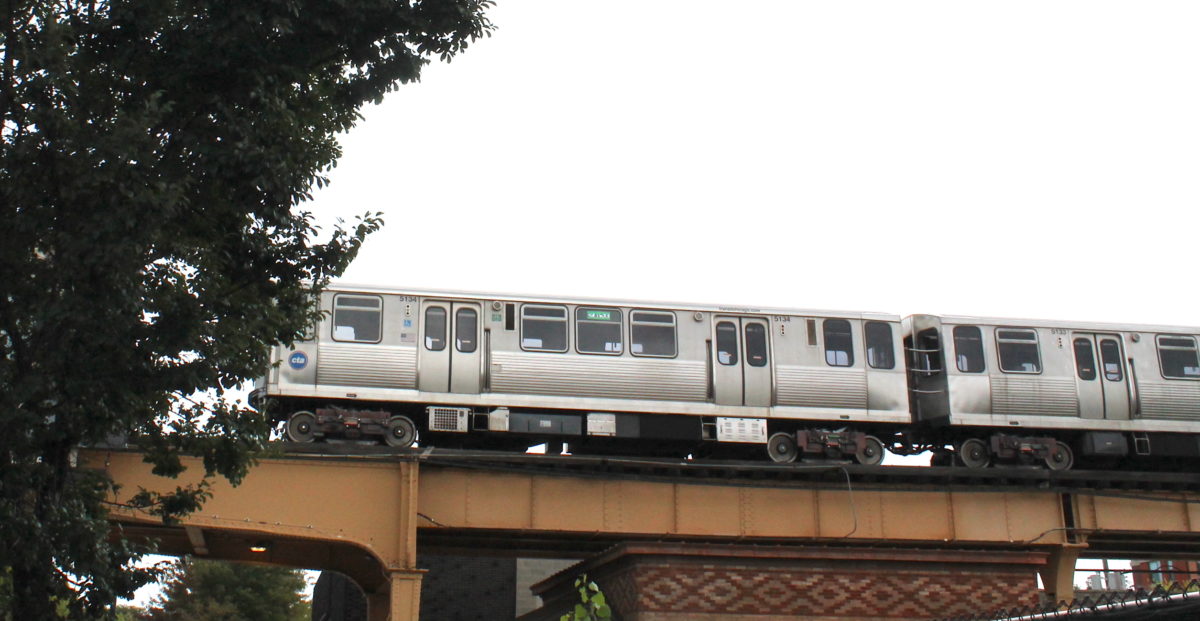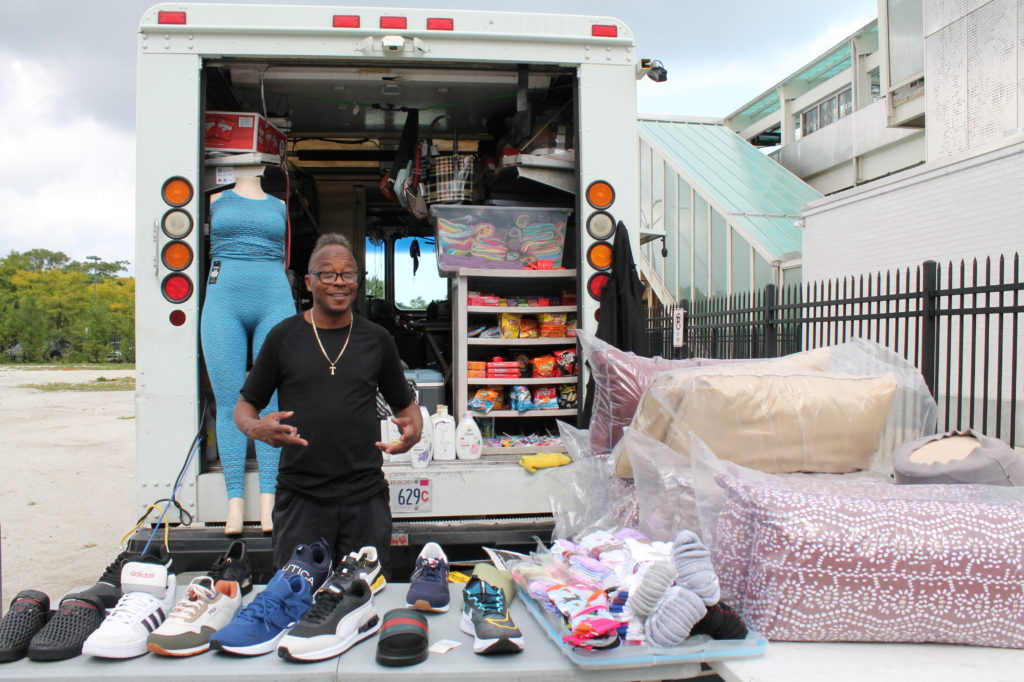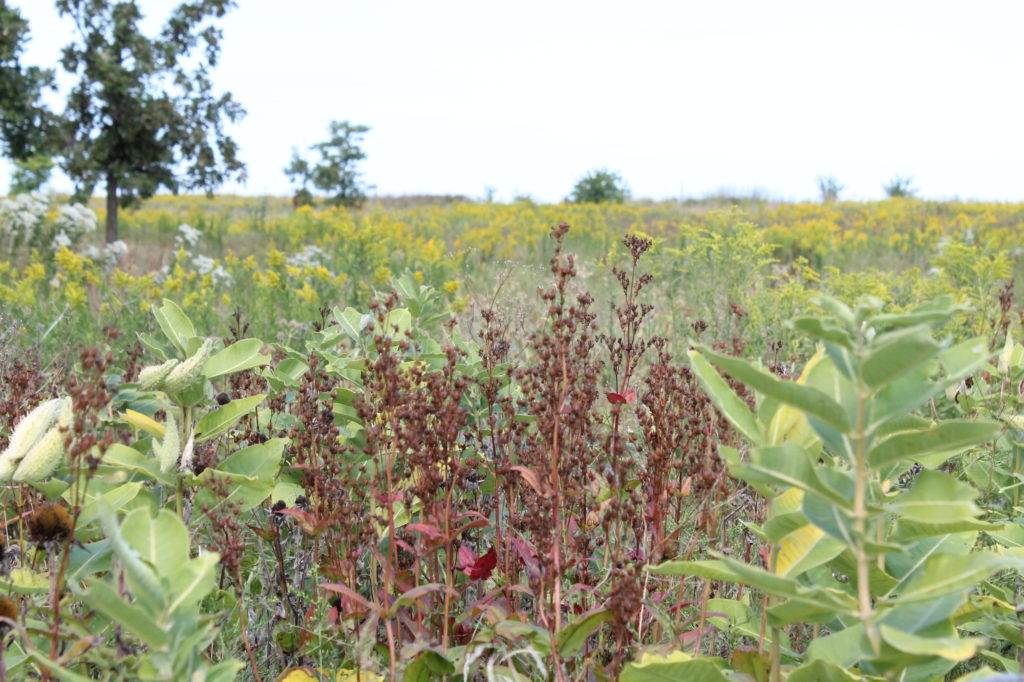- Best Bus Tour: Mahogany Tours
- Best Writing Group: PenFlow
- Best Place to Drink in Art: Happy Hour at Retreat at Currency Exchange
- Best Everything Vendor: Truck Outside the Garfield Green Line Stop
- Best Bridge Over DuSable Lake Shore Drive: 35th Street Bridge
Our neighborhood introductions are generally written by one of two types of people: someone with deep roots in the neighborhood, like Bronzeville’s 2020 captain, Bridget Vaughn, whose family settled here during the Great Migration, or someone who’s just beginning to set down roots, like Jacqueline L. Foreman, a civically engaged, first-time homeowner who captained the Washington Park section last year. I fall into the latter category.
The first time I remember visiting Bronzeville was to meet a friend for dinner at Yassa African Restaurant, shortly after moving to Chicago in 2011. Yassa chicken with a side of jollof rice and plantains is still one of my go-to dinners in the neighborhood. I moved to the South Side at a time when Washington Park was changing in real time, right before my eyes, as I drove to work at the University of Chicago. The university, of course, was responsible for the dramatic changes I was seeing unfold along Garfield Boulevard, Washington Park’s main artery running east to west. Oliva Adams, the 2016 Washington Park captain, noted that “between 2008 and 2014, the University spent $18 million to buy twenty-six properties in Washington Park,” including the building that became the Currency Exchange Cafe, which is now known as Retreat at Currency Exchange and which is this year’s “Best Happy Hour.”
But my real introduction to both neighborhoods, and to so much of the South Side, for that matter, began when I started delivering newspapers and volunteering as a photographer for the Weekly, where I’m now the Managing Director. Only then did I truly realize how big Bronzeville is. They call Chicago the city of neighborhoods, but Bronzeville is the neighborhood of neighborhoods. It is made up of at least three distinct community areas: Douglas, along its northern boundary; Grand Boulevard, which runs along Martin Luther King Jr. Drive; and Oakland, which is sandwiched up against the lakefront. Keep driving south through Grand Boulevard on King Drive and you spill out into Washington Park, both the community area and the park for which it is named.
My fiancée, Lilly, and I bought our first home in Bronzeville last year. We settled in near the Calumet-Giles-Prairie District, another area within Bronzeville that feels like it could be its own neighborhood, albeit a small one. This area is nicknamed “The Gap” because of its collection of row houses that survived “urban renewal” after the end of the second World War.
Within the first week of moving in, our neighbors impressed two important facts upon us. First: the holiday lights on Prairie Avenue are a source of community pride and that we should stock up on decorations. Second: the legendary producer Quincy Jones grew up in the house next door to us. (The exact address of his childhood home remains in dispute on the block.) But Jones is far from the only notable former resident of the neighborhood. An afternoon spent with the “TikTok historian” Shermann “Dilla” Thomas of Mahogany Tours, another one of this year’s bests, will tell you all about the rich history of this historic neighborhood. The Weekly’s annual Best of the South Side issue is one of the reasons I now call this neighborhood home. And it’s directly responsible for addiction to the lemon pound cake from Eméché, 2020’s “Best New Cakery.” Whether you have deep roots in these neighborhoods or not, we hope you’ll find something new to love in the bests below. Lilly highly recommends the Burnham Park Wildlife Corridor, this year’s “Best Quick Nature Retreat.”
Jason Schumer has worked with the Weekly in some capacity since 2016. He is currently the Managing Director of South Side Weekly NFP, the nonprofit that publishes both the Weekly and the Hyde Park Herald





